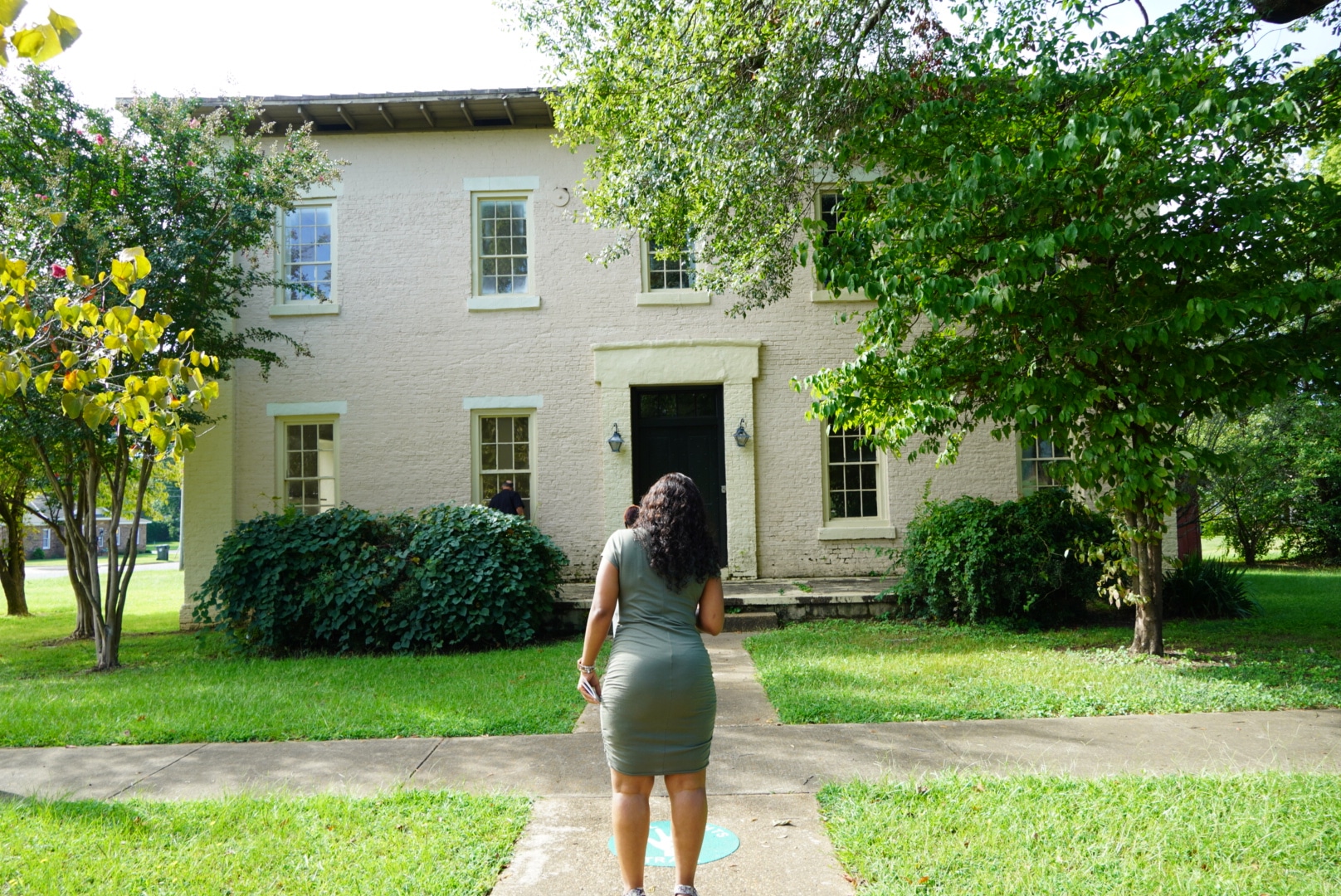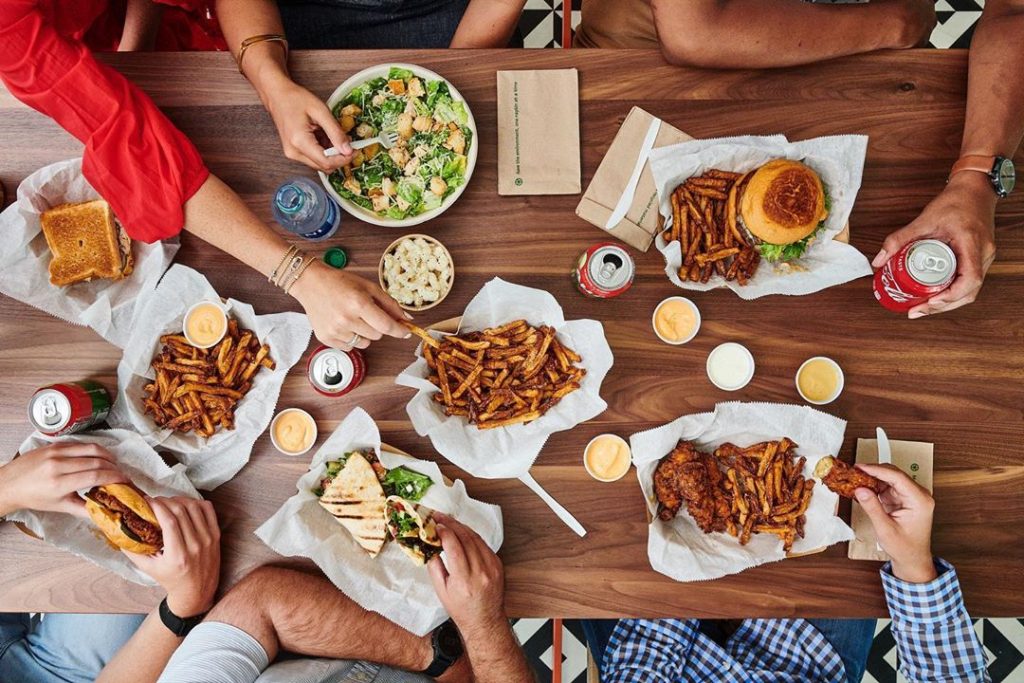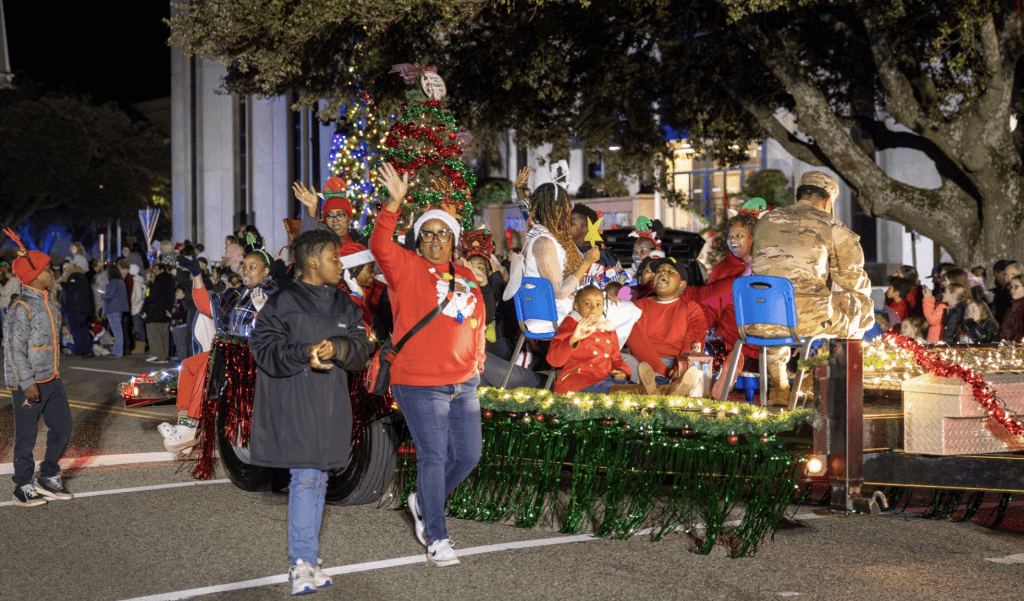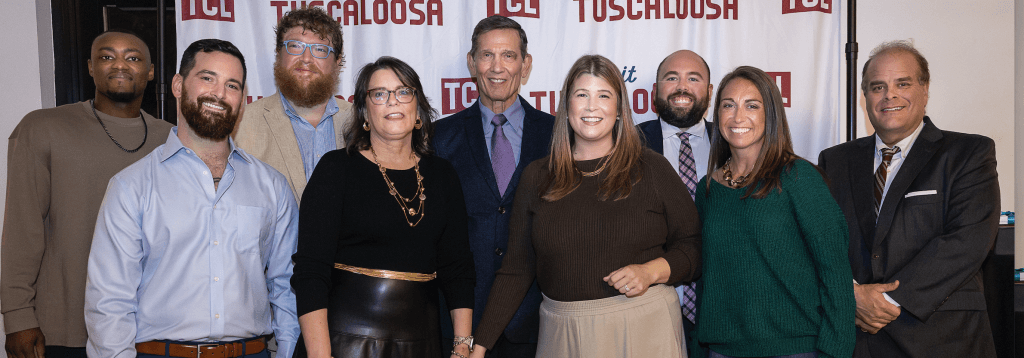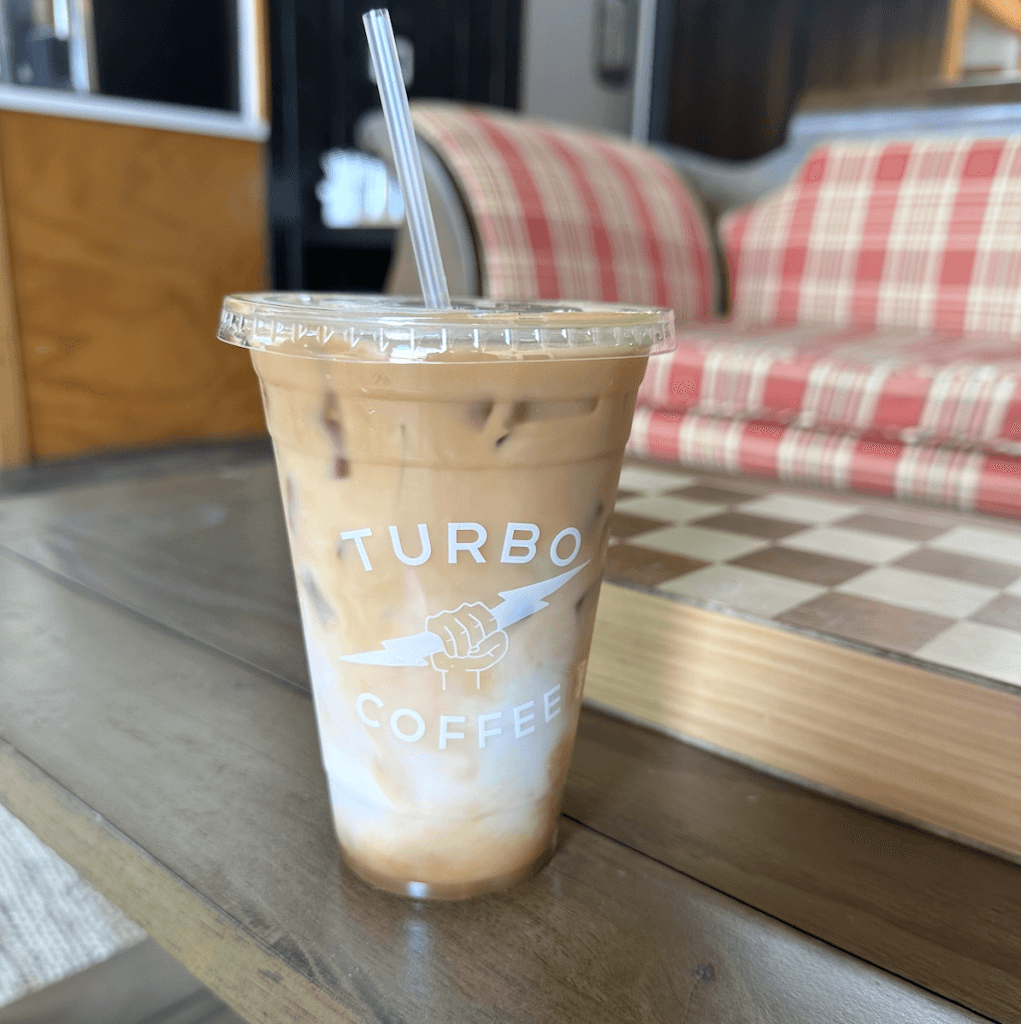Do you feel like mixing it up this weekend? Well, then you’re in luck! Take a journey back in time and discover the City of Tuscaloosa’s critical role in the Civil Rights Movement. Enjoy the great outdoors and the energetic vibe of Downtown Tuscaloosa while uncovering this city’s diverse history on Tuscaloosa’s Civil Rights Trail!
This trail is a collection of 18 sites scattered throughout Downtown Tuscaloosa, exhibiting key locations where the Civil Rights Movement and pivotal moments in the struggle of Black Americans took place in Tuscaloosa. From historical political sites to memorial sites named for famous Black Americans, the Civil Rights Trail celebrates the heroes of the movement and makes for an incredible outdoor walk through time.
Below, we have put together a rough timeline of a walk along our local Civil Rights Trail, including pro tips along the way. In addition to the trail itself, we have included several nearby Black-owned businesses to visit for decadent meals and delicious treats! Follow along with this brochure guide for more information about each of the incredible stops throughout the journey.
10:00 am
Start your day at Capitol Park (1) amongst the rubble of a building where the Alabama State government met from 1826 to 1846. This building was where many of the slave codes were legislated and enacted to protect and promote white supremacy throughout the State of Alabama. The remains of the old legislative building are a somber reminder of what happened in Tuscaloosa and all that came afterward in the following century during the Civil Rights Movement.
10:30 am
Close by Capitol Park is the second stop on the Civil Rights trail: The Lynching and Old Jail (2) stop. Designated by a historical marker, this old jailhouse building served as the county jail from 1856 to 1890 and held both white and black prisoners. However, through its years of operation, lynchings of Black prisoners occurred – eight of which are chronicled by the historical marker found at this site.
11:00 am
A short walk away is a newly opened food truck-turned-restaurant, Reggae Flava. This fresh addition to Timmerson Square is a popular Black-owned restaurant that serves up delicious Caribbean flavor for all its patrons. Whether you’re craving tender Oxtail or Pineapple BBQ Jerk Salmon, you’ll have no trouble finding your new favorite dish.
12:00 pm
After indulging a hearty meal of Caribbean cuisine, head to the corner of University Boulevard and Lurleen Wallace Boulevard to find the next stop on the Civil Rights Trail: The Druid Theatre and Hollywood (3) stop. The then newly-integrated theatre was the site of two angry white mobs in response to the Civil Rights Act in 1964. These incidents brought Tuscaloosa into the national spotlight, sparking outrage among many.
12:30 pm
Nearby is another stop along the trail: The Mob at the Flagpole (4). This designated meeting location during the Civil Rights movement was the hub for students and local citizens to gather and express their discontent as the status quo was being challenged in the City of Tuscaloosa. Most notably, this flagpole was where a mob met to respond to the integration of the University of Alabama in 1955 when Autherine Lucy was admitted to the college.
Another few stops along the Civil Rights Trail to consider at this point are Woolworth and Sit-Ins, (5) First Black Legislator: Shandy Jones (6), and the Kress Building and Bus Boycott (7).
1:30 pm
The next stop of the Civil Rights Trail is the Paul R. Jones Museum (8), a museum created by a powerful figurehead in the history of Civil Rights in Tuscaloosa. Paul R. Jones was once denied admission to the University of Alabama Law School in 1949 based on his race but then went on to fight for the Civil Rights Movement in the South. The museum is a collection of African-American art pieces donated by Jones to the University of Alabama in 2008 at a value of $5 million. The Paul R. Jones Museum is a beautiful expression of the journey he endured facing racism head-on. This magnificent exhibition of modern African-American art rotates different pieces in and out, with new shows regularly.
The Alston Building (9) is famous for two things, Governors George and Lurleen Wallace were married here, and Robert K. Shelton ran the United Klans of America from a three-room suite on the fourth floor.
2:00 pm
At the midpoint of your walk along the Civil Rights Trail, you can stop by Brummies
Yummies for a quick sweet treat! Brummi’s Yummies is another Black-owned business in town located along the Civil Rights Trail. This delightful bakery has several sweet treats to satisfy your cravings, whether it is Cookie Dough Brownies, Orange Dreamsicle Cupcakes, or other unforgettable treats. It is a great place to stop by and take a rest before enjoying the remainder of Tuscaloosa’s Civil Rights Trail.
2:30 pm
The next stop on the trail is the Dinah Washington Cultural Arts Center (10).
In the Southeast portion of Downtown Tuscaloosa, there are other additional stops to be made along the Civil Rights Trail: The County Courthouse and Marchers (11), Greensboro Avenue Churches (12), Bluefront District (13), Bailey Tabernacle CME Church (14), and Hunter Chapel AME Zion Church (15), the oldest African American church organized in Tuscaloosa. It was also the first church to host Dr. Martin Luther King, Jr. who spoke here in 1955.
3:30 pm
First African Baptist Church (16) is one of the last stops along the Civil Rights Trail and is one of the more important ones. First African Baptist Church was the site of “Bloody Tuesday”, which was a violent attack on peaceful protesters by Tuscaloosa Police and white extremists who had been deputized. Built as a haven for Black worshippers upset with the discriminatory practices of the First Baptist Church, this church has stood at the corner of 4th Street and 24th Avenue since 1900 and is an important milestone along the Civil Rights Trail of Tuscaloosa.
Another stop to visit after First African Baptist Church is the Murphy-Collins House (17). Originally the private home of Tuscaloosa’s first black mortician, it is now a museum focusing on the life of African-Americans in the 1900s. Read more about this stop in the brochure guide linked above.
4:30 pm
The Howard-Linton Barbershop (18) is the final stop and is one of the more unique spots along the trail. The owner of the barbershop, the late Reverend Thomas Linton, was a powerful figure in the fight for Civil Rights in Tuscaloosa, working closely with Martin Luther King Jr. and Robert F. Kennedy throughout the Civil Rights Movement. Additionally, this barbershop was the hiding place for Autherine Lucy when she was escaping the mob of white citizens after she attempted to integrate the University of Alabama. Reverend Linton’s shop is filled with mementos and artifacts that showcase the struggle of Black Americans living in Tuscaloosa and the South throughout the Civil Rights Movement.
5:30 pm
After you have finished your day along the Civil Rights Trail of Tuscaloosa, be sure to head to one of the many Black-owned restaurants in Tuscaloosa to show your support! There are many different restaurants around Tuscaloosa with delicious dinner meal offerings, including Archibald & Woodrow’s BBQ, Catfish Heaven, KSV, and King’s Kitchen.
Written By: Will Baggett
Edited By: Jamie Hoven

